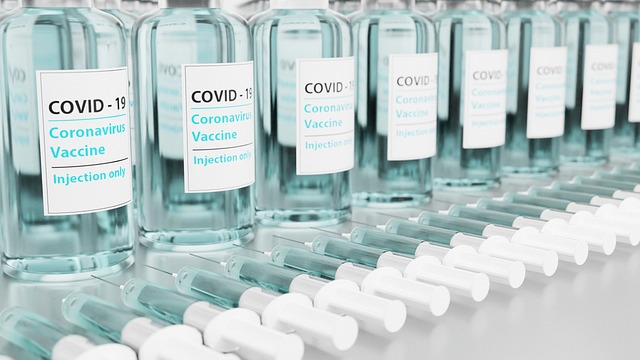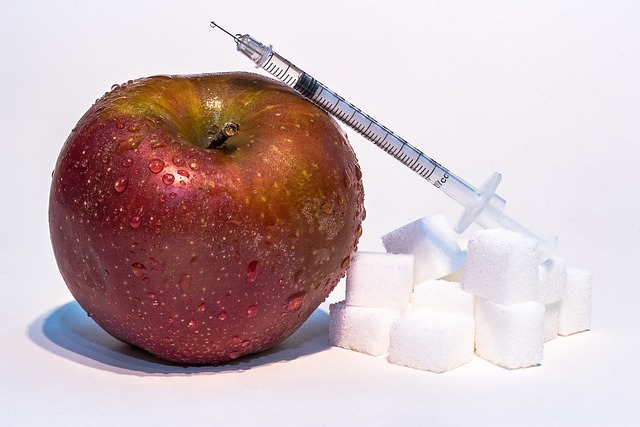In recent years, plant-based diets have surged in popularity, driven by growing awareness of their potential health benefits, environmental sustainability, and ethical considerations. Among the many claims surrounding plant-based eating is its effectiveness for weight management. Whether you’re aiming to shed excess pounds, maintain a healthy weight, or simply adopt a more nutritious lifestyle, plant-based diets offer a compelling approach. However, like any dietary strategy, success depends on understanding the principles, making informed choices, and avoiding common pitfalls.
This article delves into the science behind plant-based diets, explores their role in weight management, and provides practical tips for incorporating them into your life. By the end, you’ll have a clear roadmap for harnessing the power of plants to achieve and sustain your weight goals.
What Is a Plant-Based Diet?
A plant-based diet emphasizes whole, minimally processed foods derived from plants, including fruits, vegetables, whole grains, legumes, nuts, seeds, and healthy fats. While some interpretations allow for small amounts of animal products (such as eggs, dairy, or fish), others—like veganism—are entirely plant-exclusive.
The core principle of a plant-based diet is to prioritize nutrient-dense, fiber-rich foods while minimizing or eliminating highly processed items, refined sugars, and saturated fats. This focus on whole foods creates a foundation for sustainable weight management.
Why Plant-Based Diets Work for Weight Loss
Several factors make plant-based diets particularly effective for weight management:
1. High Fiber Content
Plant-based foods are naturally rich in dietary fiber, which plays a crucial role in weight control:
- Promotes Satiety: Fiber slows digestion, keeping you fuller for longer and reducing overall calorie intake.
- Supports Gut Health: A fiber-rich diet fosters a diverse microbiome, which influences metabolism and fat storage.
- Regulates Blood Sugar: Fiber helps stabilize blood glucose levels, preventing spikes and crashes that can trigger cravings.
2. Lower Caloric Density
Most plant-based foods have a lower caloric density compared to animal products, meaning they provide fewer calories per gram. For example, 100 grams of broccoli contains about 35 calories, while the same amount of beef contains around 250 calories. This allows individuals to eat larger portions without exceeding their energy needs.
3. Nutrient Density
Plant-based diets are packed with vitamins, minerals, antioxidants, and phytochemicals that support overall health and metabolism. These nutrients help combat inflammation, a key contributor to weight gain and difficulty losing weight.
4. Reduced Intake of Processed Foods
By focusing on whole, unprocessed plants, individuals naturally avoid many high-calorie, low-nutrient foods that contribute to weight gain, such as fast food, sugary snacks, and fried items.
5. Improved Insulin Sensitivity
Studies show that plant-based diets can enhance insulin sensitivity, reducing the risk of insulin resistance—a condition often associated with obesity and metabolic disorders.
Evidence Supporting Plant-Based Diets for Weight Loss
Numerous studies highlight the effectiveness of plant-based diets in promoting weight loss and improving metabolic health:
- Weight Loss Outcomes: A 2020 review published in Obesity Reviews found that participants following plant-based diets lost significantly more weight than those on omnivorous diets, even without calorie restriction.
- Long-Term Success: Research suggests that plant-based eaters tend to maintain weight loss over time, likely due to the satiating nature of their diet and emphasis on whole foods.
- Cardiometabolic Benefits: Beyond weight loss, plant-based diets reduce risk factors for heart disease, type 2 diabetes, and hypertension, further supporting overall well-being.
Common Challenges of Plant-Based Diets for Weight Management
While plant-based diets offer numerous advantages, they are not without challenges. Here are some potential obstacles and how to overcome them:
1. Calorie Overconsumption
Not all plant-based foods are low in calories. Nuts, seeds, avocados, and certain plant-based snacks (e.g., granola bars) can be calorie-dense. To avoid unintentional overeating, practice portion control and balance these foods with lower-calorie options like leafy greens and vegetables.
2. Protein Deficiency Concerns
Some people worry about getting enough protein on a plant-based diet. However, with careful planning, it’s entirely possible to meet protein needs through sources like lentils, chickpeas, tofu, tempeh, quinoa, and edamame. Pairing complementary proteins (e.g., rice and beans) ensures adequate intake of essential amino acids.
3. Social and Cultural Barriers
Adopting a plant-based diet may require navigating social situations, family traditions, or dining out challenges. Preparing meals at home, bringing dishes to gatherings, and seeking supportive communities can ease this transition.
4. Nutrient Gaps
Certain nutrients, such as vitamin B12, iron, omega-3 fatty acids, calcium, and zinc, may be harder to obtain on a strictly plant-based diet. Fortified foods and supplements can help bridge these gaps.
Practical Tips for Weight Management on a Plant-Based Diet
If you’re considering a plant-based approach to weight management, start with these actionable strategies:
1. Focus on Whole Foods
Prioritize minimally processed options like fresh produce, whole grains, and legumes over packaged vegan alternatives, which can be high in sodium, sugar, and unhealthy fats.
2. Build Balanced Meals
Create meals that include:
- Carbohydrates: Whole grains (brown rice, oats, quinoa).
- Proteins: Beans, lentils, tofu, tempeh, nuts, and seeds.
- Fats: Avocado, olive oil, and nut butters in moderation.
- Vegetables: Aim for half your plate to consist of colorful veggies.
3. Snack Smart
Choose nutrient-dense snacks like fruit, hummus with veggies, or a handful of almonds instead of chips or cookies.
4. Stay Hydrated
Drinking water before meals can aid satiety and prevent overeating. Herbal teas and infused water are excellent hydrating options.
5. Meal Prep and Plan Ahead
Preparing meals in advance reduces reliance on convenience foods and ensures you always have healthy options available.
6. Monitor Portion Sizes
Even healthy foods can lead to weight gain if consumed in excess. Use measuring cups or a food scale to gauge appropriate portions.
7. Be Mindful of Substitutions
When replacing animal products with plant-based alternatives, choose options that are lower in calories and higher in nutrients. For example, opt for black bean burgers over heavily processed meat substitutes.
Sample Plant-Based Meal Plan for Weight Management
Here’s an example of a day’s worth of meals designed to support weight loss while providing balanced nutrition:
- Breakfast: Overnight oats made with rolled oats, almond milk, chia seeds, berries, and a drizzle of maple syrup.
- Snack: Apple slices with almond butter.
- Lunch: Quinoa salad with chickpeas, spinach, cherry tomatoes, cucumber, lemon juice, and olive oil dressing.
- Snack: Carrot sticks with hummus.
- Dinner: Stir-fried tofu with broccoli, bell peppers, and brown rice, seasoned with soy sauce and ginger.
- Dessert: Dark chocolate square or a small bowl of mixed berries.
The Bigger Picture: Beyond Weight Loss
While weight management is a primary goal for many adopting plant-based diets, the benefits extend far beyond the number on the scale. These diets are associated with improved heart health, reduced cancer risk, better digestion, enhanced energy levels, and a smaller environmental footprint. By embracing plant-based eating, you’re not only investing in your own well-being but also contributing to a healthier planet.







